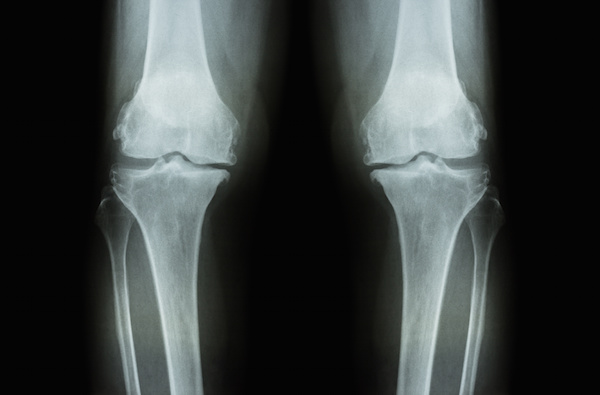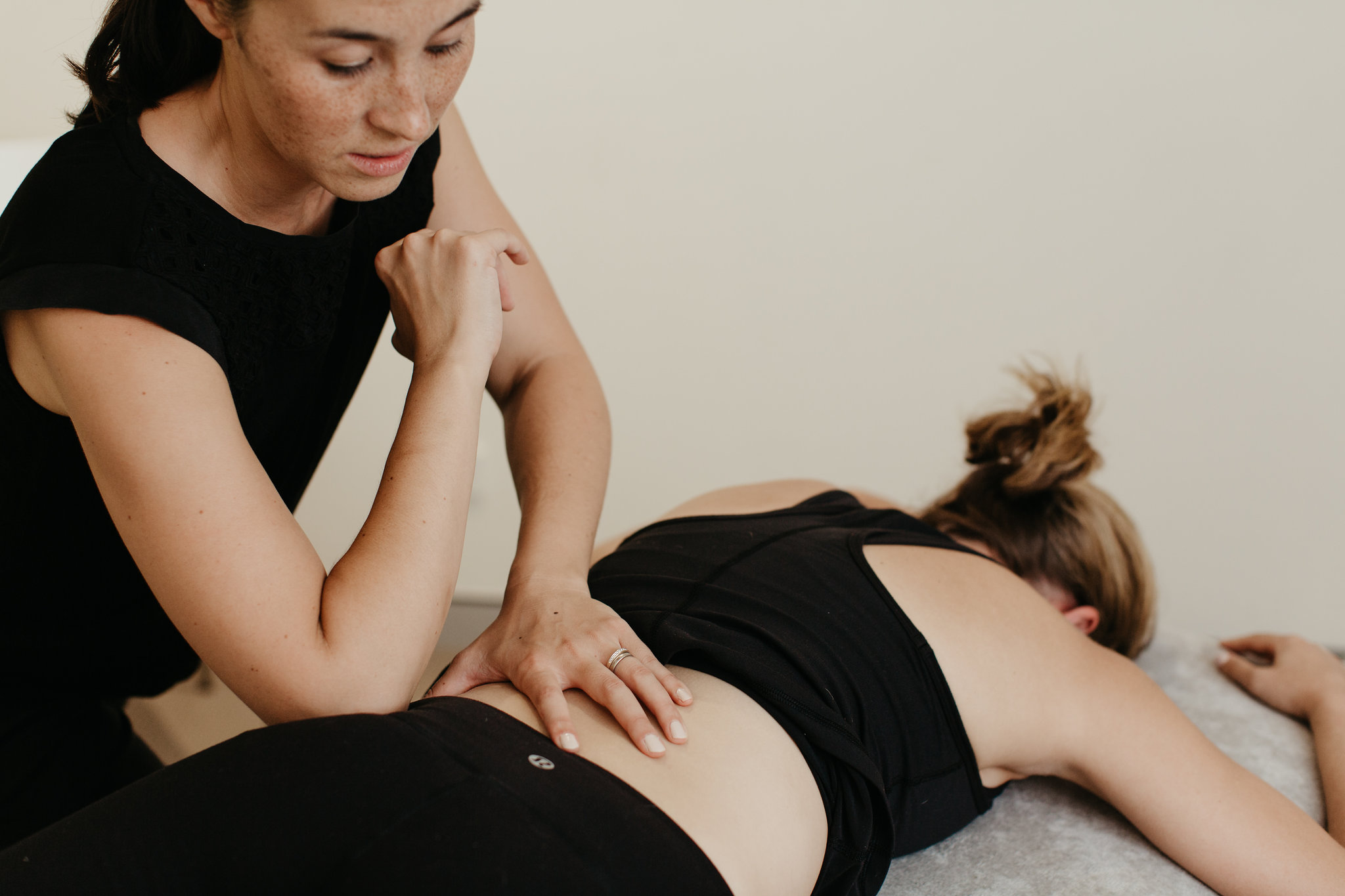Physio Treatment for Osteoarthritis
Physio treatment for osteoarthritis has been shown to be very beneficial in reducing pain, improving function and quality of life. Although there is no cure, research and clinical outcomes have shown positive results from physio treatment for osteoarthritis,
Osteoarthritis is a long term condition characterised by the wear and tear of the cartilage over the bone. Symptoms include pain, swelling, stiffness and loss of movement. Osteoarthritis usually affects the hands, spine, hips, knees and ankles.
The benefits of Physio Treatment for Osteoarthritis:
Pain Management: Techniques such as massage, taping and personalised exercises provided by our physios can help to alleviate osteoarthritis pain.
Exercise Prescription: Our Physiotherapists design exercise programs tailored to your specific needs and limitations. These programs include stretching, strengthening, and aerobic exercises. The goal of these programs are joint flexibility, muscle strength, and overall physical conditioning. We offer programs in the studio supervised by our team and home programs you can do at whatever time and where ever suits you.
Joint Protection Techniques: Our physios teach techniques and strategies to protect your joints during daily activities. This can help reduce the progression of osteoarthritis and minimise pain flare-ups.
Education and Advice: We provide education on osteoarthritis, including its causes, symptoms, and ways to manage it through lifestyle modifications. We also offer advice on posture, ergonomics, and adaptive equipment that can make daily tasks easier and less painful.
Improving Mobility and Function: Physiotherapy aims to improve joint mobility and function, allowing our patients with osteoarthritis to maintain or regain their ability to perform daily activities and maintain independence.
Prevention and Long-Term Management: Our team of Physiotherapists work with patients to develop strategies for long-term management of osteoarthritis. With the emphasis on the importance of regular exercise, weight management, and overall joint health.
Overall, physiotherapy plays a crucial role in the multidisciplinary approach to managing osteoarthritis, helping individuals to reduce pain, improve function, and enhance their quality of life. It’s important to consult with a qualified physiotherapist who can develop a personalised treatment plan based on your specific condition and goals. For more resources check out Arthritis Australia.





